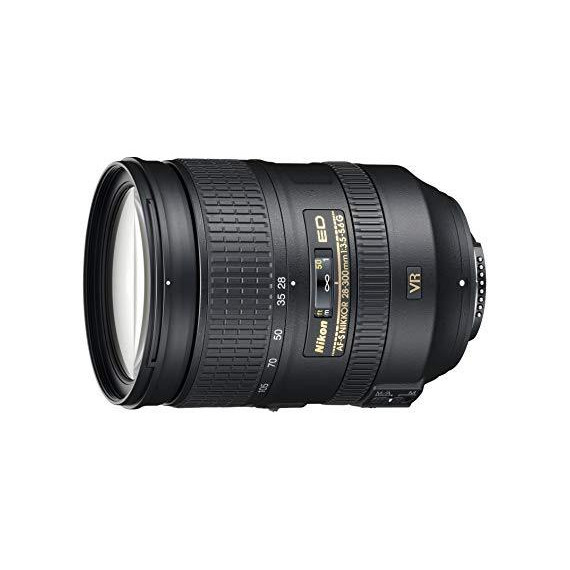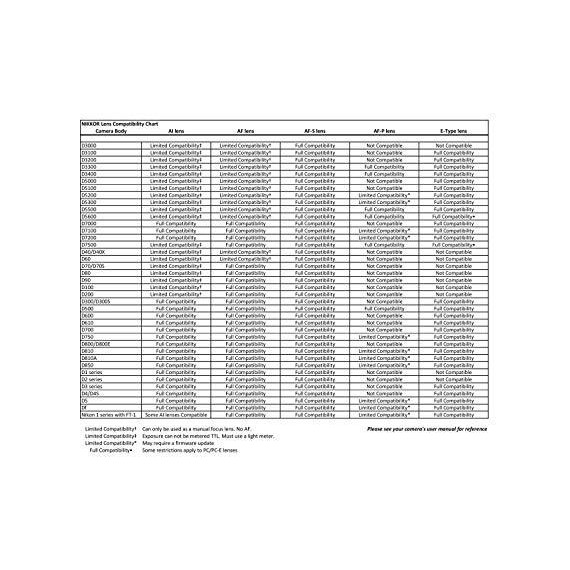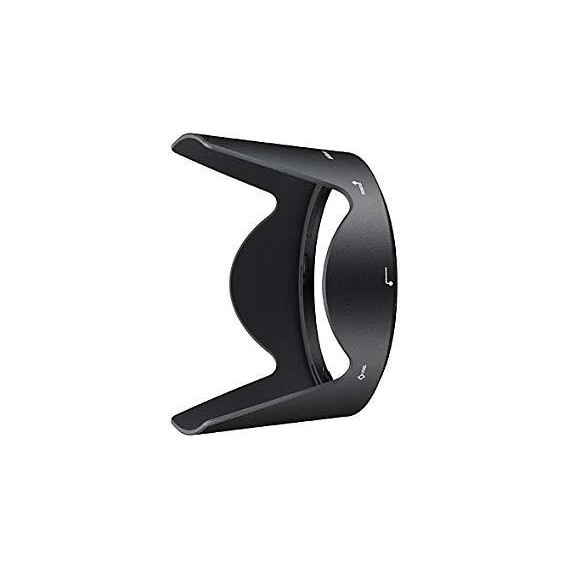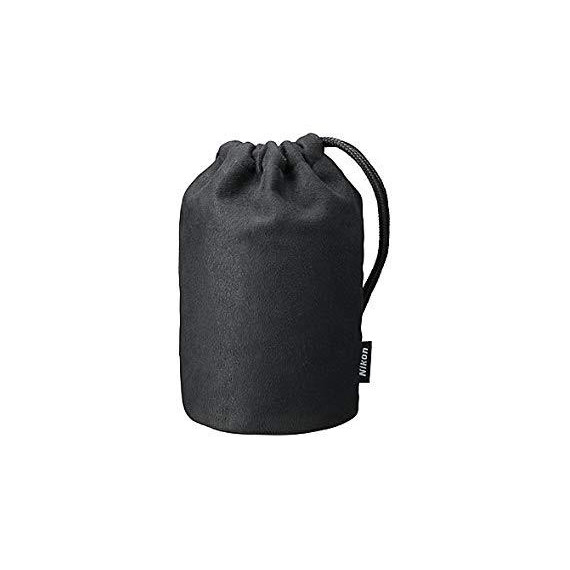Jennifer Hearn

Nikon AF-S FX NIKKOR 28-300mm f/3.5-5.6G ED Vibration Reduction Zoom Lens with Auto Focus for Nikon DSLR Cameras
$84695
Nikon AF-S FX NIKKOR 28-300mm f/3.5-5.6G ED Vibration Reduction Zoom Lens with Auto Focus for Nikon DSLR Cameras
B003ZSHNEA

Serving customers for more than 35 years, Adorama has grown from its flagship NYC stor...
City: US, Pasadena
Delivery
DHL express - Fast
1 day, Door-to-Door, Courier Delivered
from 26$
Pickup at your own expense
Tomorrow from 09:00 to 20:00, Store location
Free
Payment options
Cash, bank card, credit/installment payments, cashless payment for legal entities
Warranty and returns
Exchange/return of products of proper quality within 14 days
Official manufacturer's warranty: 12 months
Features
Compatible Camera Mount
Nikon F (FX)
Focus Type
Ring-type ultrasonic
Item Dimensions
4.53 x 3.27 x 3.27 in
Item Weight
1.76 lbs
Lens Type
Telephoto
Description
This fits your .
Reviews
neurotome
Barry Moskowitz
KAKKNAR STORMHAMMER
Douglas W. Taft
Furba Volpe
ramsau
D. Pauls
Owen E. Heuston
Autumn
Showing 10 of 20 reviews
Please sign in so that we can notify you about a reply










